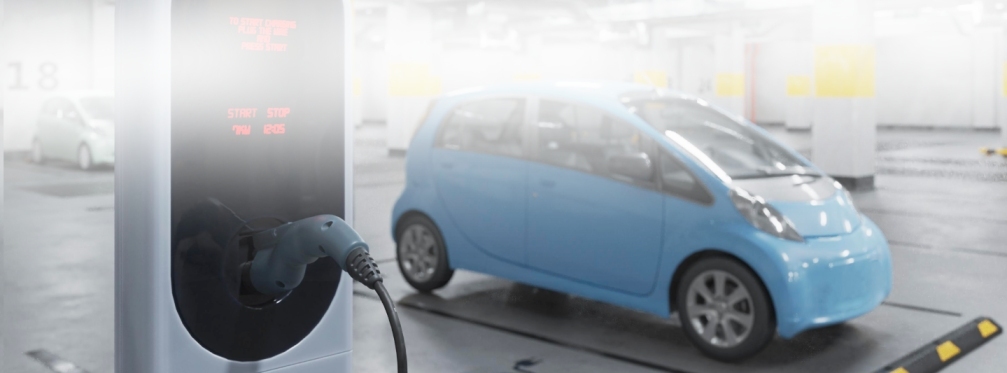The Growing Pains for the Nepalese EV Industry
The Growing Pains for the Nepalese EV Industry
While the EV trend and rising gasoline prices have boosted demand for electric cars in recent years, it remains an unappealing prospect for most prospective customers and vehicle owners. 2020’s EV sales despite accounting only 1%, signified the potential EV’s impact could have in the automobile industry, especially thanks to affordable mid-ranged EVs like Hyundai’s Kona, Ioniq, Mahendra’s e20 plus, Kia’s Niro, Tata’s Nexon EV and few others. Introduction of newer versions and models of EVs with integrated features capture the interest of customers. What began as an ambitious ‘for-a-cause’ initiation has recently taken a different course as EV buyers are now motivated by commercial factors such as lower running costs, luxury-comfort, value for money, aesthetics, and design, rather than sustainable environmental concerns, say EV industry leaders; which is totally fine, as purchasing an EV despite the agenda does contribute to one less fuel-vehicle.
Former chairperson of the Electric Vehicle Association Nepal, Ashok Raj Pandey, points at the ridiculous pricing as one of the stumbling blocks for interested buyers of EV in Nepal. With the Nepalese law that restricts individuals to bring in self-purchased foreign cars from abroad (which formerly was allowed after a 20% charge), it compels the customers to pay the hefty additional prices listed by the dealers because they have the “authorized” label. With rumors and suspicion of profits amounting to 10-20 lakhs in the set price, hesitation can be witnessed with why customers prefer staying on the down low. The Nepalese EV market is significantly small despite trending, and the skyrocketing profit margins the dealers charge to the customers also include the fees for advertisement, warranty, and free servicing states former finance secretary, Rameswar Khanal.
Another major obstacle to the widespread adoption of EV is the scarcity of battery charging stations. Given the status of the country's infrastructure and geography, addressing the rising demand for charging stations looks to be a challenging task. To maintain these service stations, technicians need to be on standby with a consistent electrical supply. The lack of availability and accessibility to these charging stations, battery consumption cycles, simplicity of charging, after-sales assistance, battery disposal, battery warranty length, and parts insurance are likely to make potential customers hesitant to invest in an EV. Travelling is limited when there aren’t enough charging stations since it requires longer time to recharge batteries compared to filling the fuel tank.
With high-end companies like Tesla, Audi, and Jaguar offering their sophisticated and flexible variety of EVs throughout the world, the view of EVs is progressively shifting. EV can only be economically viable if they are made accessible at a reasonable price, with a variety of alternatives to select from, and suitably supported by infrastructure and after-sales services. Only by extending tax discounts on chargers and other components can the financial strain on customers be relieved.
Former chairperson of the Electric Vehicle Association Nepal, Ashok Raj Pandey, points at the ridiculous pricing as one of the stumbling blocks for interested buyers of EV in Nepal. With the Nepalese law that restricts individuals to bring in self-purchased foreign cars from abroad (which formerly was allowed after a 20% charge), it compels the customers to pay the hefty additional prices listed by the dealers because they have the “authorized” label. With rumors and suspicion of profits amounting to 10-20 lakhs in the set price, hesitation can be witnessed with why customers prefer staying on the down low. The Nepalese EV market is significantly small despite trending, and the skyrocketing profit margins the dealers charge to the customers also include the fees for advertisement, warranty, and free servicing states former finance secretary, Rameswar Khanal.
Another major obstacle to the widespread adoption of EV is the scarcity of battery charging stations. Given the status of the country's infrastructure and geography, addressing the rising demand for charging stations looks to be a challenging task. To maintain these service stations, technicians need to be on standby with a consistent electrical supply. The lack of availability and accessibility to these charging stations, battery consumption cycles, simplicity of charging, after-sales assistance, battery disposal, battery warranty length, and parts insurance are likely to make potential customers hesitant to invest in an EV. Travelling is limited when there aren’t enough charging stations since it requires longer time to recharge batteries compared to filling the fuel tank.
With high-end companies like Tesla, Audi, and Jaguar offering their sophisticated and flexible variety of EVs throughout the world, the view of EVs is progressively shifting. EV can only be economically viable if they are made accessible at a reasonable price, with a variety of alternatives to select from, and suitably supported by infrastructure and after-sales services. Only by extending tax discounts on chargers and other components can the financial strain on customers be relieved.

Please login to comment.